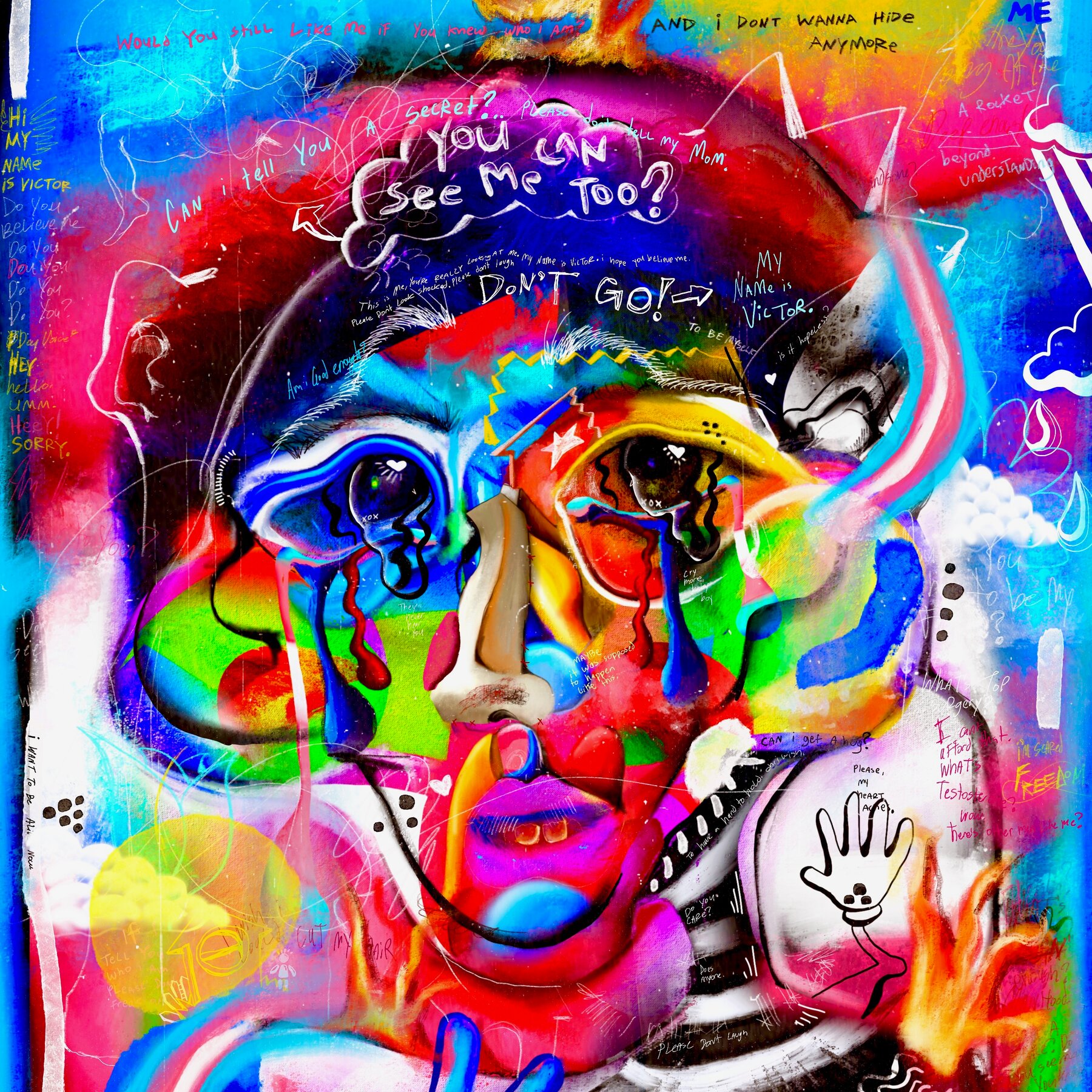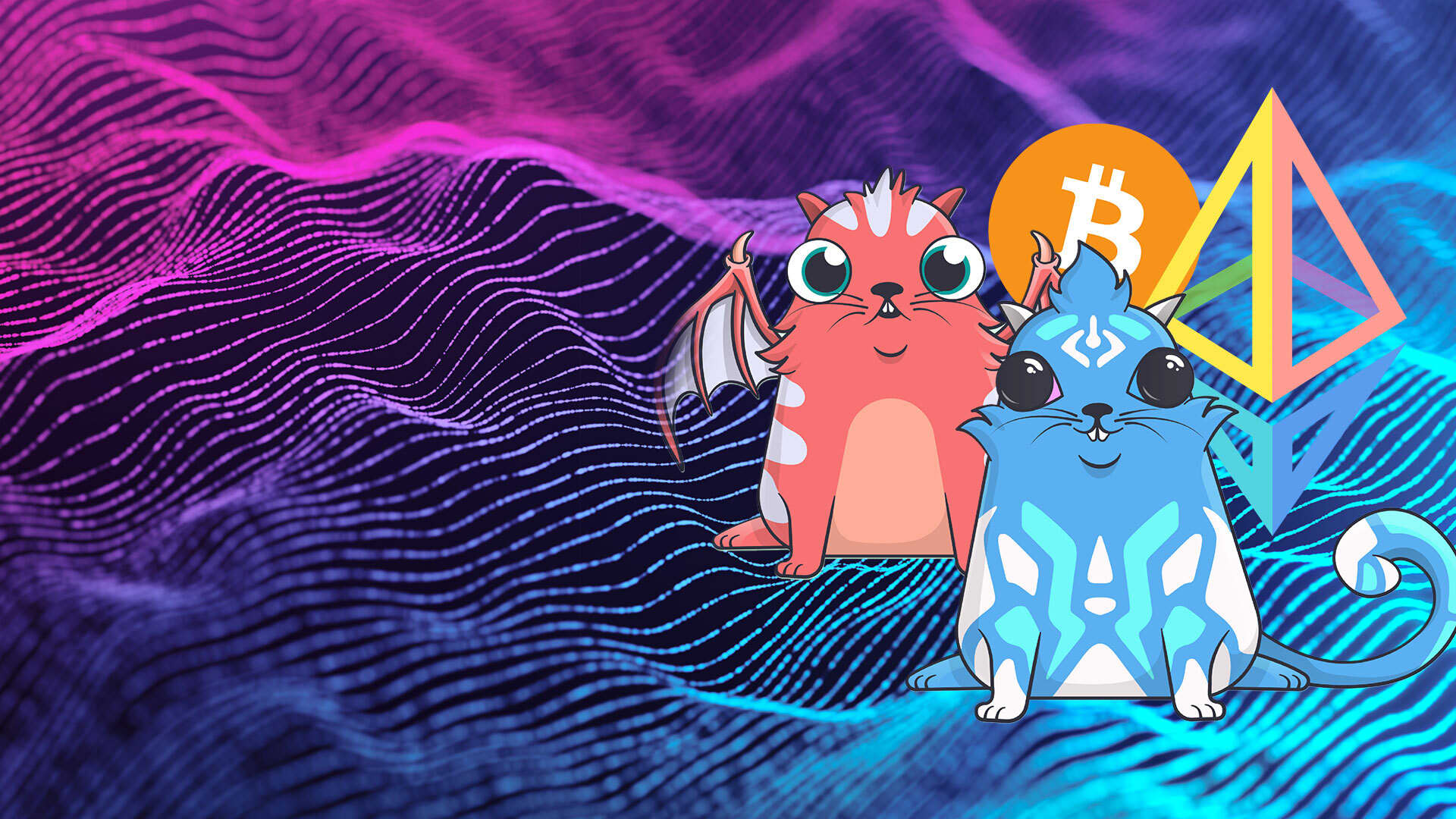The Future Of Digital Art: Nfts And New Cryptocurrencies

Executive Summary

The world of digital art is on the cusp of a major transformation, thanks to the rise of non-fungible tokens (NFTs) and new cryptocurrencies. This article will explore the future of digital art, discussing the key trends and challenges that will shape its evolution.

Introduction
Digital art has long been a popular medium for artists and collectors alike. However, the traditional art market has been limited by its reliance on physical works of art. NFTs and cryptocurrencies are changing this, creating new opportunities for artists to create and sell their work and for collectors to access and own unique digital assets.
Key Trends and Challenges
1. The Rise of NFTs
NFTs are unique digital tokens that represent ownership of a specific asset, such as a work of art, music, or video. They are stored on a blockchain, which provides a secure and transparent record of ownership. NFTs have the potential to revolutionize the art market by making it easier for artists to sell their work and for collectors to verify its authenticity.
- Benefits of NFTs:
- Immutability: NFTs are stored on a blockchain, which makes them tamper-proof and permanent.
- Transparency: The ownership history of an NFT is publicly visible on the blockchain.
- Scarcity: NFTs can be created in limited editions, making them more valuable and collectible.
- Challenges of NFTs:
- Technical complexity: NFTs can be difficult to understand and use for non-technical users.
- Legal issues: The legal status of NFTs is still being determined in many jurisdictions.
- Market volatility: The value of NFTs can fluctuate significantly, making them a risky investment.
2. The Emergence of New Cryptocurrencies
Cryptocurrencies, such as Bitcoin and Ethereum, are digital currencies that are not controlled by any central bank or government. They are increasingly being used to purchase and sell digital art, as they offer a more convenient and secure way to transfer funds than traditional payment methods.
-
Benefits of cryptocurrencies:
- Decentralization: Cryptocurrencies are not controlled by any single entity, making them more resistant to censorship and manipulation.
- Security: Cryptocurrencies use advanced encryption techniques to keep funds safe from theft and fraud.
- Global reach: Cryptocurrencies can be used to send and receive payments anywhere in the world.
-
Challenges of cryptocurrencies:
- Volatility: The value of cryptocurrencies can fluctuate significantly, making them a risky investment.
- Regulation: The regulatory landscape for cryptocurrencies is still evolving, which could create uncertainty for investors.
- Scalability: Some cryptocurrencies, such as Bitcoin, have limited transaction capacity, which can lead to delays and higher fees.
3. The Changing Role of Artists
NFTs and cryptocurrencies are giving artists new ways to create and sell their work. They can now bypass traditional gatekeepers, such as galleries and auction houses, and sell their art directly to collectors. This is creating new opportunities for artists to earn a living from their work and to build a direct relationship with their audience.
-
Benefits for artists:
- Increased creative freedom: NFTs allow artists to experiment with new forms of digital art and to sell their work without the constraints of traditional art markets.
- Direct sales: NFTs allow artists to sell their work directly to collectors, eliminating the need for intermediaries.
- New revenue streams: NFTs and cryptocurrencies can provide artists with new ways to generate income from their work, such as royalties on secondary sales.
-
Challenges for artists:
- Technical skills: Creating and selling NFTs requires technical skills that many artists may not have.
- Marketing and promotion: Artists need to be able to effectively market and promote their NFTs in order to reach collectors.
- Trust and reputation: Building trust and reputation is important for artists selling NFTs, as buyers need to be confident in the authenticity and quality of their work.
4. The Evolution of the Collector Experience
NFTs and cryptocurrencies are also transforming the experience of collecting digital art. Collectors can now easily browse and purchase NFTs from a variety of online platforms. They can also track the provenance and ownership history of NFTs, ensuring that they are purchasing authentic works of art.
-
Benefits for collectors:
- New opportunities: NFTs allow collectors to access and own unique digital assets that were previously inaccessible.
- Increased transparency: NFTs provide collectors with a transparent view of the ownership history of their digital art.
- Expanded market: NFTs and cryptocurrencies have expanded the market for digital art, making it more accessible to a wider range of collectors.
-
Challenges for collectors:
- Authentication: Determining the authenticity of NFTs can be challenging, as there is no central authority to verify their ownership.
- Security: Collectors need to take steps to protect their NFTs from theft and fraud.
- Storage: NFTs are stored on a blockchain, which can be difficult to navigate for non-technical users.
5. The Future of Digital Art
The future of digital art is bright. NFTs and cryptocurrencies are creating new opportunities for artists to create and sell their work and for collectors to access and own unique digital assets. However, there are still a number of challenges that need to be addressed before NFTs and cryptocurrencies can reach their full potential in the art market.
- Addressing the technical complexity of NFTs and cryptocurrencies
- Developing clear regulations for NFTs and cryptocurrencies
- Building trust and educating the market about NFTs and cryptocurrencies
Conclusion
The rise of NFTs and cryptocurrencies is changing the world of digital art. These new technologies are creating new opportunities for artists and collectors alike, but there are still a number of challenges that need to be addressed before they can reach their full potential. As these challenges are overcome, NFTs and cryptocurrencies will play an increasingly important role in the future of digital art.
Keyword Tags
- NFTs
- Cryptocurrencies
- Digital art
- Blockchain
- Metaverse
